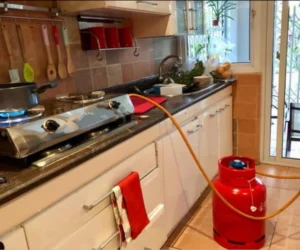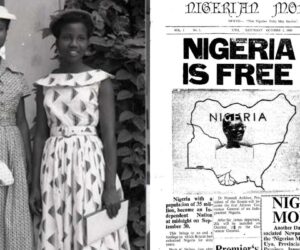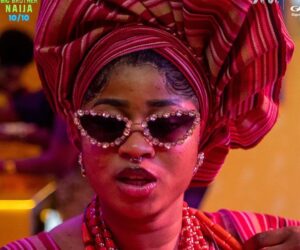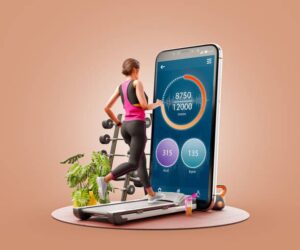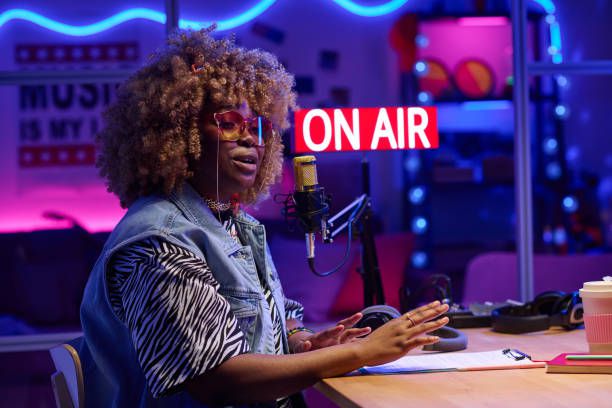
So, you have a great idea for a podcast. Maybe it’s a show about your life as a young creative, or relationship talks, or even the latest tech gossip. You’ve been told you have “a voice for radio”, and you’re ready to hit record.
But then reality hits, you’re thinking, ‘What gear do I actually need?’ Do I have to spend hundreds of thousands of naira to make my podcast sound professional? Where do I even start?
Relax. Starting a podcast in 2025 doesn’t have to be overwhelming or ridiculously expensive. With the right equipment and a bit of creativity, you can go from zero to recording your first episode in no time.
Here’s your guide to podcast equipment.
1. A good microphone
Your microphone is your podcast’s heartbeat. It’s what makes your voice sound crisp and clear, rather than echoey or muffled.
-
USB microphones like the Blue Yeti or Audio-Technica ATR2100x are beginner-friendly. Plug them straight into your laptop, no fancy setup needed.
-
XLR microphones are the “pro” option but require an audio interface or mixer. They produce a richer sound but are more expensive.
Tip: Even on a budget, a decent USB mic can still make you sound professional. The real secret is consistent microphone technique (talking close to the mic, not too far away).
2. Headphones
Have you ever recorded something only to play it back and realise there’s a buzzing fan or a neighbour’s music in the background? Good headphones save you from that heartbreak.
Closed-back headphones allow you to monitor your audio in real-time, catching problems before they ruin your episode.
3. A quiet recording space
You don’t actually need a studio. Most great beginner podcasts are recorded in bedrooms, closets, or cars. Anywhere you can control echo and background noise.
Throw a thick blanket over the door, record when it’s quiet, or add some inexpensive foam panels if you want to take it further. The less echo, the more “studio-like” you’ll sound.
4. Audio interface or mixer
This is the box that lets your fancy microphone talk to your computer. Popular beginner-friendly options include the Focusrite Scarlett 2i2 and Rodecaster Pro II.
If you’re sticking to a USB mic, you can skip this step altogether.
5. Recording & editing software
Think of software as your canvas. This is where you hit record, edit out awkward pauses, and add music.
-
Free option: Audacity
-
Paid option: Adobe Audition
-
Mobile-friendly: Apps like Anchor by Spotify allow you to record and edit directly from your phone.
Don’t overthink this part. Start with what’s easiest for you.
6. Pop filter or windscreen
Ever notice that explosive “p” sound when you say “podcast” into a mic? That’s called a plosive. A cheap pop filter or foam windscreen placed in front of your mic solves the issue instantly.
7. Optional but nice-to-have gear
-
Mic stand/arm – Keeps your mic stable and your hands free.
-
Portable recorder – For interviews outside your home.
-
Backup storage – Use external hard drives or cloud storage to ensure you never lose your episodes.
8. Hosting platform
Once you’ve recorded and edited your episodes, you’ll need a podcast host to distribute your show to Spotify, Apple Podcasts, Google Podcasts, etc.
You don’t need to go broke to sound great
The beauty of podcasting in 2025 is that quality equipment is more affordable than ever. Start with the basics: a USB mic, good headphones, and a quiet space. As your podcast grows, you can upgrade piece by piece.
Friendly reminder: What will hook your audience isn’t just your audio quality but your storytelling and consistency. So don’t let equipment worries delay you. Hit record and share your voice.


